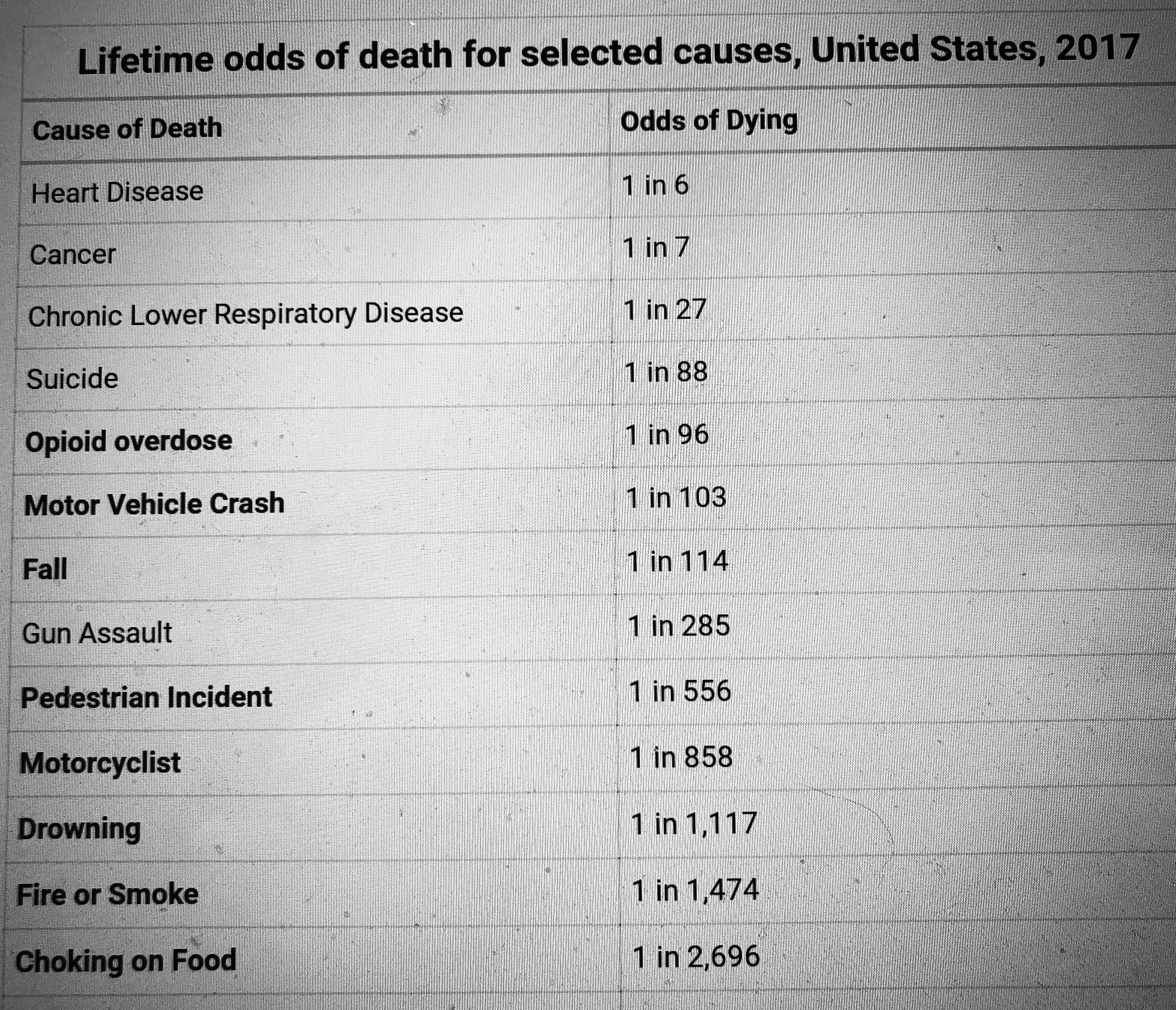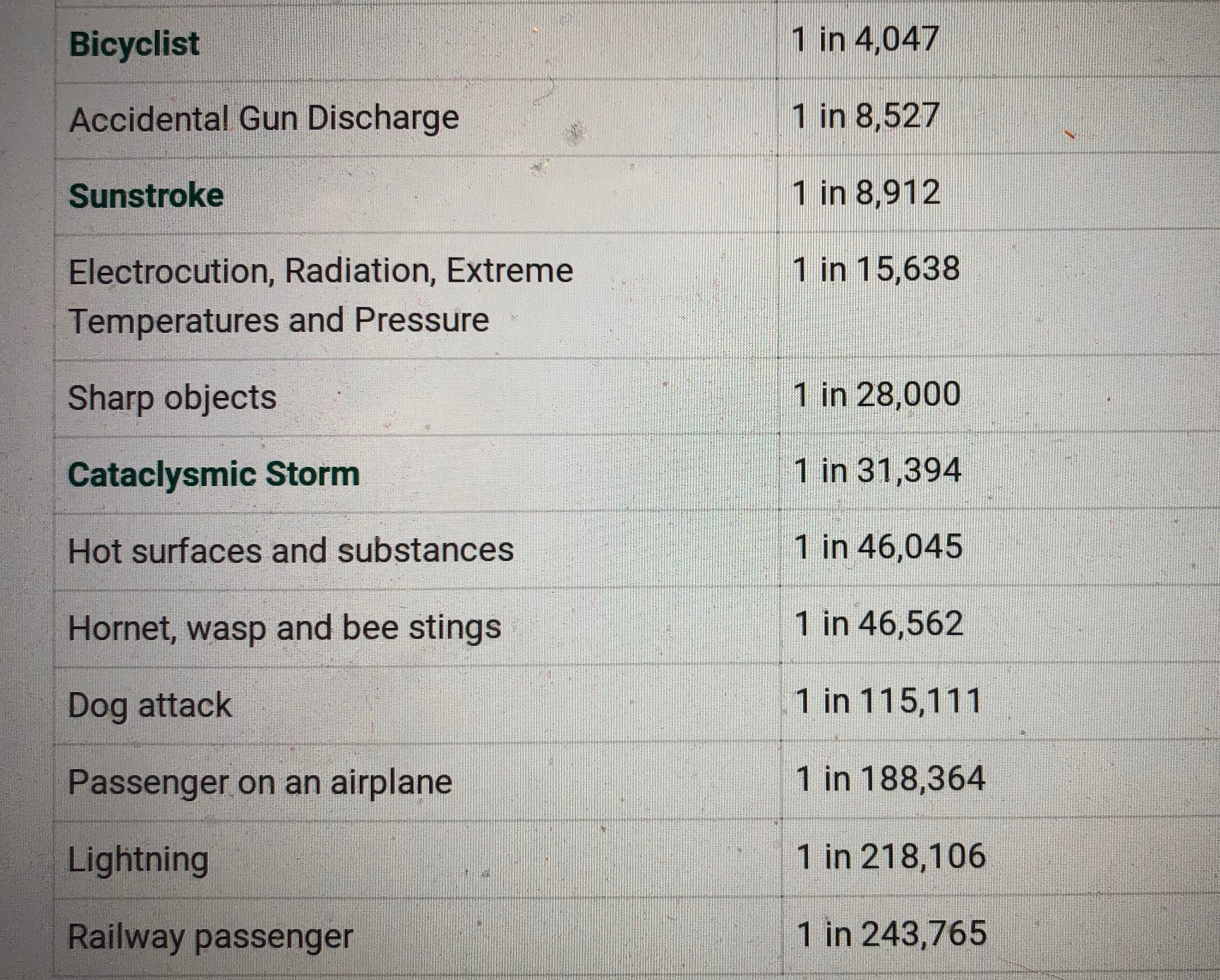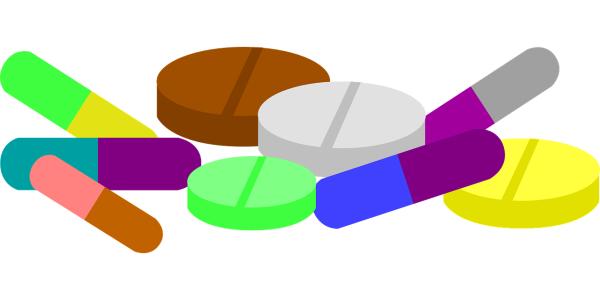Given unintentional injuries are the #1 cause of death among people ages 1 to 44 with 97% to 99% of those caused by our own errors and mistakes (e.g. motor vehicle crashes and drowning continually with top ranking), the National Safety Council’s annual report (NSC) on preventable injury and fatality statistics suggests we are our own worst enemy. Intended to empower not instill fear, the review reminds us to be hypervigilant of our surroundings like watching for potholes and reinforces useful tips such as wearing helmets with various activities.
Of course not all causes and manners of death are within our control nor should we be so preoccupied with them that we avoid living, but the NSC’s account offers a worthwhile reminder that many harmful situations can be avoided entirely or at the very least mitigated. In 2017, preventable-injury-related deaths saw a 5.3% increase - with
“home and public deaths experiencing large increases of 6% or more, while work and motor-vehicle held steady...This was largely driven by a 11% increase in poisoning deaths (including opioid overdoses) and a 5% increase in fall deaths (primarily among the older population).”
Read here about the surge in medication errors in the home (with the why depending on the whom). Read here about the hazards contributing to death by falling.
The odds of dying from an accidental opioid overdose for the first time ever exceeded those of dying in a motor vehicle crash. To get a better sense of the overall picture, here are the 2017 Lifetime odds of death for selected causes in the United States:


We cannot ignore the significant emotional and financial burden of near death preventable injuries. The NSC’s findings reveal 47.2 million – about 1 in 7 – sought medical attention from non-fatal scenarios. This constitutes a profound use of healthcare resources, $1,034.6 billion in costs, as well as considerable potentially avoidable pain and suffering.
Prescription drug overdose is leading when it comes to poisonings with “70% of people who have abused prescription painkillers reported getting them from friends or relatives.” Our culture is blasé about prescription sharing and that is a dangerous problem, read here to understand the scope.
Though no one has discovered yet how to cheat death, there is a lot of good news to report. Promoting our longevity can be within our grasp - and sprinkling in a bit of luck never hurts. If we more consistently than not make daily sensible and informed choices, then we can increase our odds of living. We can’t control everything or everyone, but we can skew the odds in our favor by not adding unnecessary risks. Taking prescriptions only prescribed for you by your physician or not texting while driving are meaningful starts. Examples like this abound in our lives and should guide our decisions when it comes to being properly prepared and not putting ourselves in harm’s way during a severe storm or alternative circumstance. Some risk is vital to living a full life, but being judicious in our choices can augment it being a longer one.




